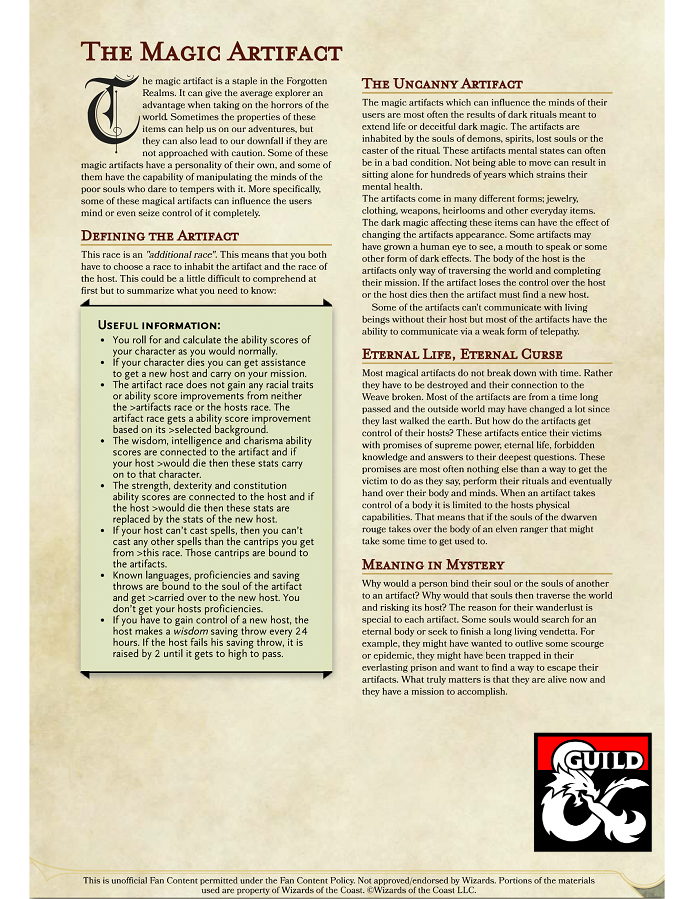

Upon seeing Adam, Billy gets so angry that he punches a hole through Adam’s door. The following is an example of property damage that can occur from someone’s intentional misconduct, and the ways in which it can affect the victim monetarily:īilly finds out that his girlfriend is cheating on him with Adam, so he goes to Adam’s house to confront him.
#Dmg property driver#
This type of situation can result in both personal injury and property damages, as the driver of the other car may become injured as a result of the accident.

For example, negligent property damage can occur when a negligent driver runs a stop sign and collides with another car. Property damage that results from negligence can occur in several ways. Someone who causes harm to someone else’s property through negligence or intention may be liable for damages. The property can be anything from real estate, like someone’s home or office building, to personal property, like cars, electronics, and clothing. Intentional property damage occurs when someone sets out to deliberately break or otherwise damage someone else’s property. Negligent property damage is a result of someone acting irresponsibly. Property damage can either be negligent or intentional in nature. do not have a UMPD requirement, which means it is up to the insurance companies as to whether they want to offer UMPD, and many of them choose not to.
#Dmg property drivers#
In some states, like Alaska, California, and Tennessee, drivers must carry UMPD coverage unless they specifically reject the coverage in writing. Utah and Washington allow their policyholders to decline UMPD coverage if they already have elected for collision coverage. For instance, UMPD is required in 14 states, including New Jersey, North Carolina, Texas, and Vermont. The rules regarding UMPD vary widely, depending on the state. Therefore, if someone is driving an older car that is not worth much, then it may not be beneficial for that person to carry UMPD coverage. UMPD coverage only pays a victim up to the value of his car. In some cases, it is still worth it to invest in uninsured motorist property damage coverage because it may pay for more than what collision insurance would cover. In this case, the UMPD would cover what the collision provision in another insurance policy would cover. Typically, uninsured motorist property damage coverage is needed when collision coverage is not included in someone’s insurance policy. It also pays for damages to a car that is involved in a hit-and-run collision. This type of auto insurance coverage pays for the damages incurred by the policy holder when someone without insurance, or who is underinsured, hits his car. Uninsured motorist property damage coverage (UMPD) is pretty straightforward. Here, the loss of use would concern the cost of public transportation, or for a rental car, incurred as a result of not having use of the car. Insofar as the loss of use is concerned, damage to a car is perhaps the best example of this type of lawsuit. Calculated also are the costs of any repairs, the loss of use until the item is repaired or replaced, and the sentimental value of certain items, such as heirlooms. The amount a person can recover in a property damage liability lawsuit is determined by the replacement value of the property that was damaged. Unlike personal injuries, which are injuries a person suffers physically, property damage refers to harm that is done to someone’s personal property, such as a car, a fence, a house, a bicycle, or another type of personal possession. In lawsuits concerning property damage liability, it is important to distinguish property damage from personal injuries. Property damage liability may be awarded in a lawsuit for damage caused by another person’s negligent or willfully destructive behavior.


 0 kommentar(er)
0 kommentar(er)
